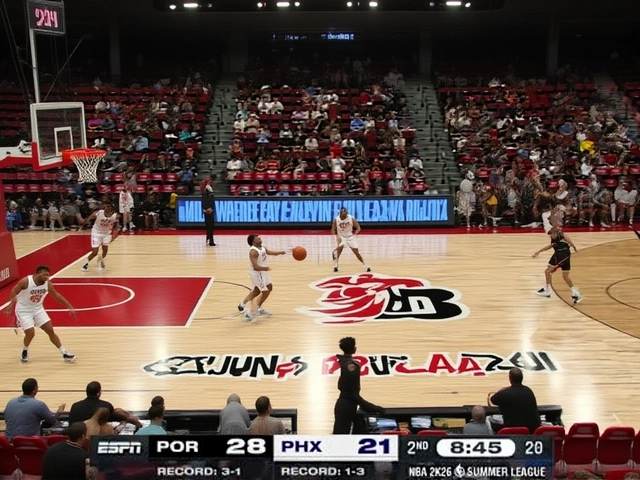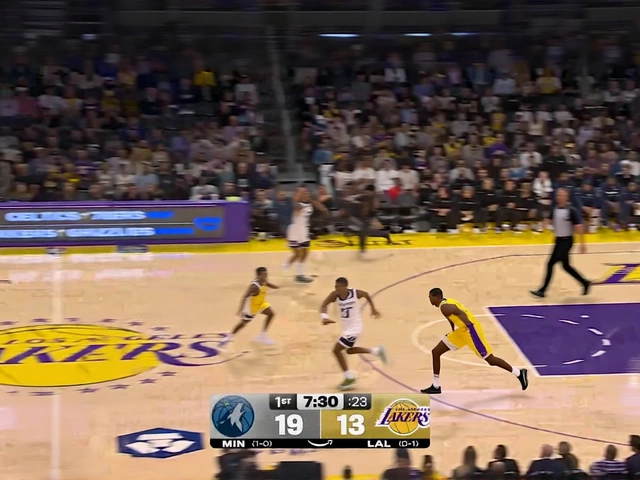Austin Reaves’ Buzzer-Beater Lifts Lakers Over Timberwolves 112-111 in Dramatic Overtime Finish
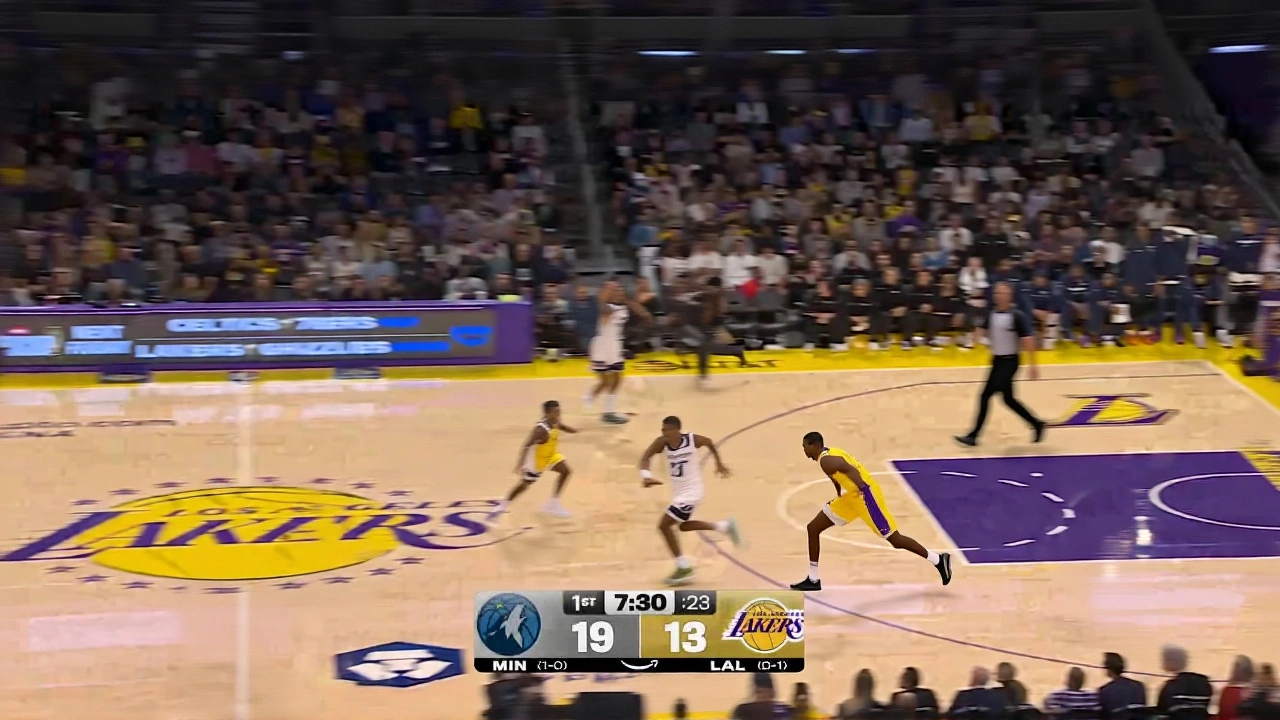
With 0.0 seconds left on the clock, Austin Reaves rose through a maze of defenders, floated a soft shot over the outstretched arms of Minnesota’s Nickeil Alexander-Walker, and watched it drop through the net — the kind of moment that turns regular-season games into legends. The Los Angeles Lakers edged out the Minnesota Timberwolves 112-111 on Wednesday, October 29, 2025, at the Target Center in Minneapolis, completing one of the most improbable comebacks in recent NBA history — and then snatching victory from the jaws of collapse. It wasn’t just a win. It was a statement.
A 20-Point Lead Vanishes in 12 Minutes
The Lakers looked in complete control late in the third quarter, up by 20 points. Fans were already planning their weekend. Then came the fourth. The Timberwolves, led by Julius Randle — who dropped 29 points on 11-of-19 shooting — unleashed a relentless assault. Jake Laravia added 27 points and six rebounds, while Anthony Edwards kept the crowd alive with drives that shook the arena. Minnesota shot 16 of 20 from the free-throw line in the final quarter alone. By the 2:15 mark, the lead was gone. The score was tied. The Target Center, packed with 17,954 roaring fans, felt like a playoff arena.
The Shot That Changed Everything
With 6.3 seconds left and the score knotted at 111, Austin Reaves took the inbounds pass near the sideline. No timeout. No hesitation. He dribbled toward the middle of the paint, faked a drive left, spun right, and released a high-arcing floater — the kind that looks slow in real time but lands like fate. The buzzer sounded. The net snapped. Silence, then pandemonium. Reaves, 26, finished with exactly 20 points — none more vital than that one. "AR doing what AR does," the ESPN broadcast announcer said, as Lakers players mobbed him near the baseline. "All that celebration that the Timberwolves were doing six seconds ago? They’re not doing now."
Who Carried the Load?
While Reaves delivered the dagger, others kept the Lakers alive. Maxi Kleber, the 24-year-old forward, chipped in 21 points and five rebounds off the bench. Mike Connelly, the 25-year-old defensive anchor from Philadelphia, made the game’s most crucial play — stripping Alexander-Walker with 14 seconds left after the Timberwolves had tied the score. Meanwhile, rookie Highland scored eight points in just six minutes, hitting all three of his shots — a rare spark in a game defined by veteran grit.
For Minnesota, the effort was heroic but hollow. Jaden McDaniels missed a potential game-winning baseline slam with 1:45 left. Naz Reid (referred to as "Reeds" in broadcast) managed just five points. And despite having a clear size advantage, the Timberwolves were outrebounded by 12 in the second half — a glaring weakness that coach Chris Finch couldn’t fix in real time.
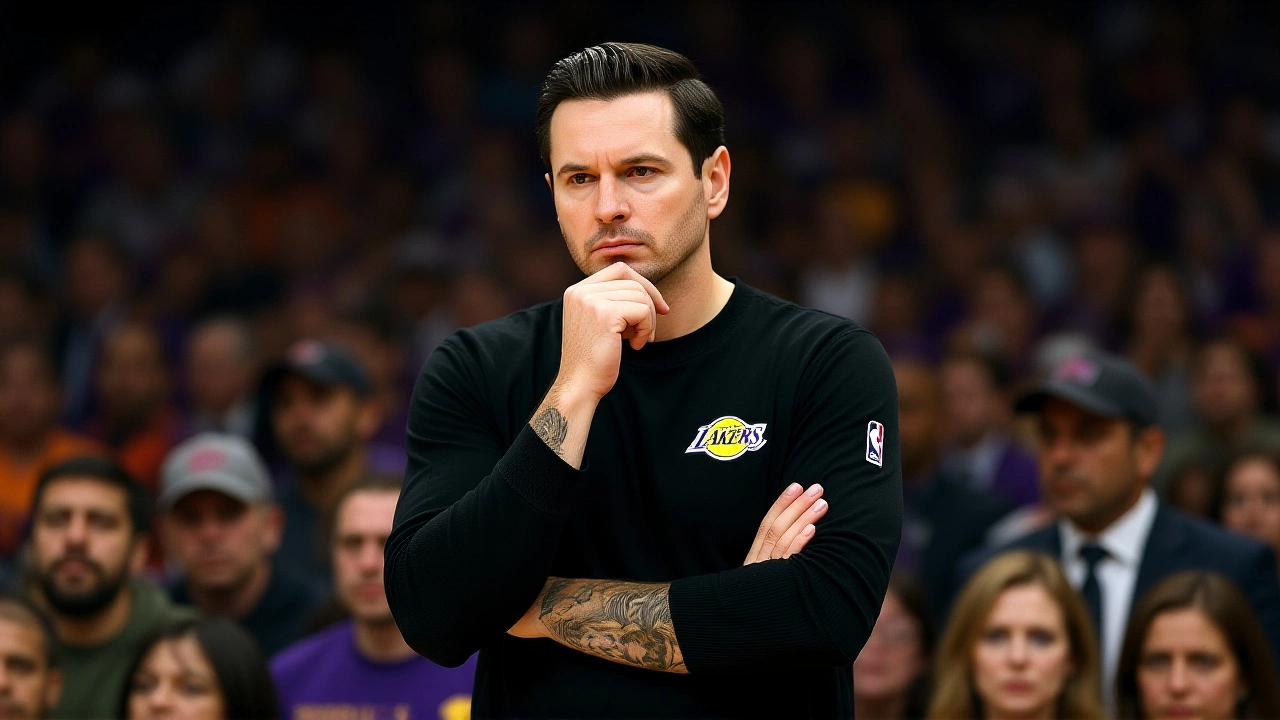
The Absences That Mattered
The Lakers were already down a key piece. Gabe Vincent, the 28-year-old point guard from Renton, Washington, was sidelined with an ankle sprain, expected to miss "a couple of weeks," according to the broadcast at the 473-second mark. His absence forced D’Angelo Russell (referred to as "Dillingham" in commentary) into a more aggressive role — he accounted for nearly half of LA’s assists. Without Vincent’s steady hand, the Lakers’ ball movement was erratic. Yet somehow, they held.
Meanwhile, Takuro Hachimura, the 26-year-old power forward from Tokyo, delivered quiet brilliance with his "up and under" moves in the paint, finishing with 12 points on 5-of-7 shooting. His footwork was textbook — a reminder that international talent is no longer a novelty in the NBA, but a cornerstone.
Behind the Scenes: Leadership and Legacy
The Lakers’ front office, led by Rob Pelinka, the 59-year-old former agent from Chicago, built this team with depth and versatility in mind. This win wasn’t accidental. It was engineered — through smart trades, patient development, and the kind of resilience that only comes from veteran leadership. Pelinka’s roster had no superstar who carried the load alone. Instead, it had 10 players willing to make the next play.
For the Timberwolves, this loss stings differently. They’re a team on the rise, but they’re still learning how to close. They led the league in fourth-quarter scoring last season. Yet here they were, blowing a 20-point lead against a team without its starting point guard. The difference? Execution under pressure. And that’s a lesson that can’t be taught in film sessions.
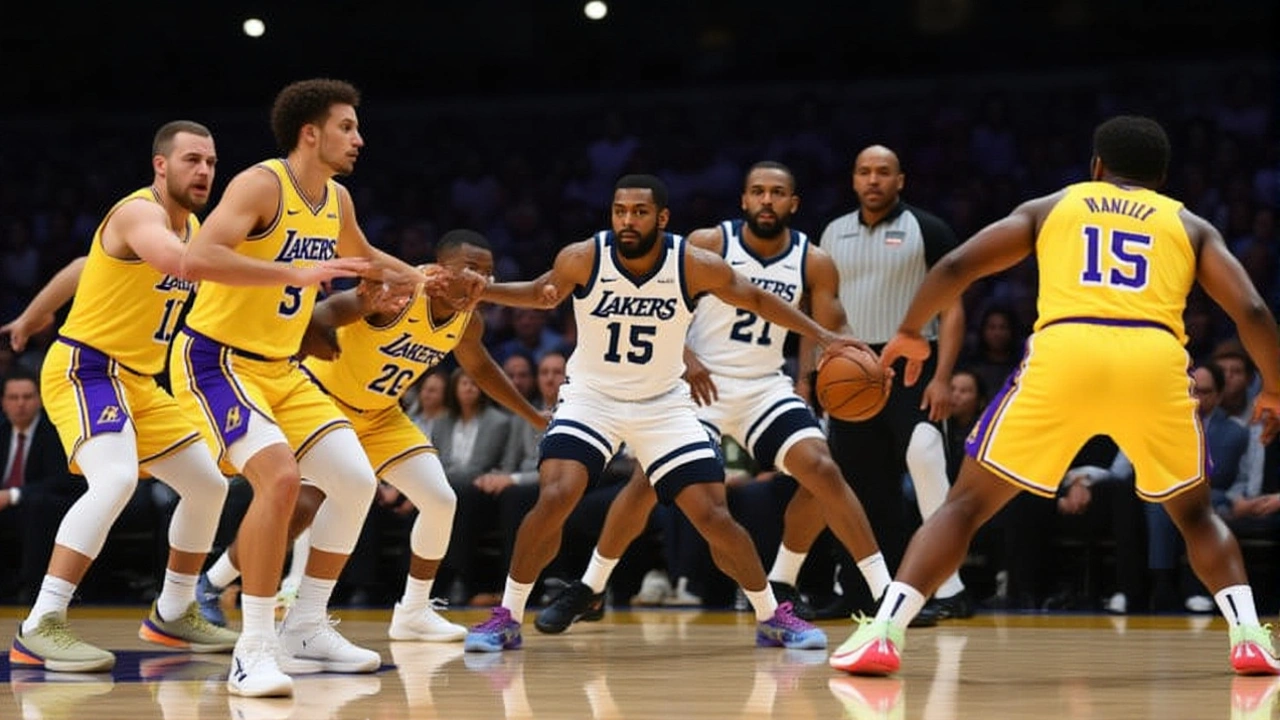
What’s Next?
The Lakers (6-2) face an unspecified opponent on Friday, October 31, 2025, at Crypto.com Arena. The Timberwolves (5-3) play Saturday, November 1, at home against a Western Conference rival. Both teams are in the thick of the playoff race — but this game may end up being a turning point. For LA, it’s proof they can win ugly. For Minnesota, it’s a haunting reminder of how close they came to stealing a win they should’ve had.
Behind the Broadcast: Moments That Didn’t Make the Cut
At timestamp 659, Edwards airballed a three-pointer that would’ve given Minnesota the lead. At 448, a controversial no-call on a potential Lakers lob play left fans furious. At 669, the Lakers’ timeout call was textbook — it stopped the momentum, reset the defense, and gave Reaves time to breathe. These are the invisible threads that weave victory.
Frequently Asked Questions
How did Austin Reaves perform under pressure compared to other Lakers players?
Reaves was the only Laker to score in the final 90 seconds, finishing with 20 points on 8-of-15 shooting. While Maxi Kleber (21 points) and Mike Connelly (defensive stop) were critical, Reaves was the only one to take the final shot with the game on the line — a trait that sets him apart as a clutch performer. His ability to create his own shot without a screen, especially with Gabe Vincent out, proved invaluable.
Why did the Timberwolves collapse after holding a 20-point lead?
Minnesota’s defense lost intensity in the fourth quarter, allowing the Lakers to penetrate at will. They also failed to rebound consistently despite having taller players, and their offensive execution became too reliant on isolation plays instead of ball movement. Coach Chris Finch’s adjustments came too late — and crucially, they didn’t account for how the Lakers’ bench, led by Highland and Kleber, kept the pressure on.
What impact does Gabe Vincent’s injury have on the Lakers’ season?
Vincent’s absence removes the Lakers’ most reliable secondary ball-handler and perimeter defender. His 4.8 assists per game and 37% three-point shooting are hard to replace. Without him, D’Angelo Russell is forced into more playmaking, which increases his turnover risk. The Lakers may struggle against teams with aggressive perimeter pressure — especially in back-to-back games.
Is this the biggest comeback in Timberwolves history?
No — but it came close. The Timberwolves’ largest comeback was a 24-point deficit overcome against the Sacramento Kings in 2018. This 20-point rally was their second-largest since 2010. The fact they nearly pulled it off without Edwards hitting a key shot in the final minute shows how far they’ve come as a team — but also how far they still need to go to win close games.
How did the Target Center crowd influence the game’s outcome?
The Target Center’s 17,954 fans were deafening during Minnesota’s rally, especially after Edwards’ three-point attempts and Laravia’s drives. The noise disrupted Lakers’ communication on defense and forced them into rushed possessions. But when Reaves’ shot fell, the silence was so abrupt it was described by ESPN as "the loudest quiet in NBA history." That emotional whiplash may have affected Minnesota’s final defensive rotation.
What does this win mean for the Lakers’ playoff positioning?
The win improves the Lakers to 6-2, keeping them in the top four of the Western Conference standings. More importantly, it proves they can win without LeBron James or Anthony Davis dominating the scoring — a crucial development for playoff longevity. With Reaves stepping up and Kleber providing energy, they now have multiple scoring options, making them harder to scout and defend.
